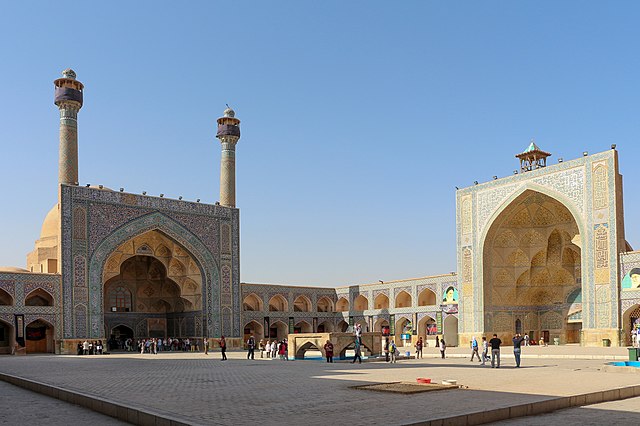Ottoman architecture is an architectural style or tradition that developed under the Ottoman Empire over a long period, undergoing some significant changes during its history. It first emerged in northwestern Anatolia in the late 13th century and developed from earlier Seljuk Turkish architecture, with influences from Byzantine and Iranian architecture along with other architectural traditions in the Middle East. Early Ottoman architecture experimented with multiple building types over the course of the 13th to 15th centuries, progressively evolving into the classical Ottoman style of the 16th and 17th centuries. This style was a mixture of native Turkish tradition and influences from the Hagia Sophia, resulting in monumental mosque buildings focused around a high central dome with a varying number of semi-domes. The most important architect of the classical period is Mimar Sinan, whose major works include the Şehzade Mosque, Süleymaniye Mosque, and Selimiye Mosque. The second half of the 16th century also saw the apogee of certain decorative arts, most notably in the use of Iznik tiles.

Blue Mosque in Istanbul, an example of the classical style of Ottoman architecture, showing Byzantine influence.
Hacı Özbek Mosque in Iznik (1333), one of the earliest surviving Ottoman mosques
Green Mosque in Iznik (1378–1391)
Green Mosque interior: "Turkish triangles" form the transition from dome to square chamber
Seljuk architecture comprises the building traditions that developed under the Seljuk dynasty, when it ruled most of the Middle East and Anatolia during the 11th to 13th centuries. The Great Seljuk Empire contributed significantly to the architecture of Iran and surrounding regions, introducing innovations such as the symmetrical four-iwan layout and the first widespread creation of state-sponsored madrasas. Their buildings were generally constructed in brick, with decoration created using brickwork, tiles, and carved stucco.
Image: Gran Mezquita de Isfahán, Isfahán, Irán, 2016 09 20, DD 52 54 HDR
Image: Divrigi Mosque north portal DSCF2438 edit
Image: Çifte Minareli Medrese (Erzurum) Entrance 8685 (cropped)
Courtyard of the Friday Mosque in Isfahan, with its four-iwan layout dating from the early 12th century








